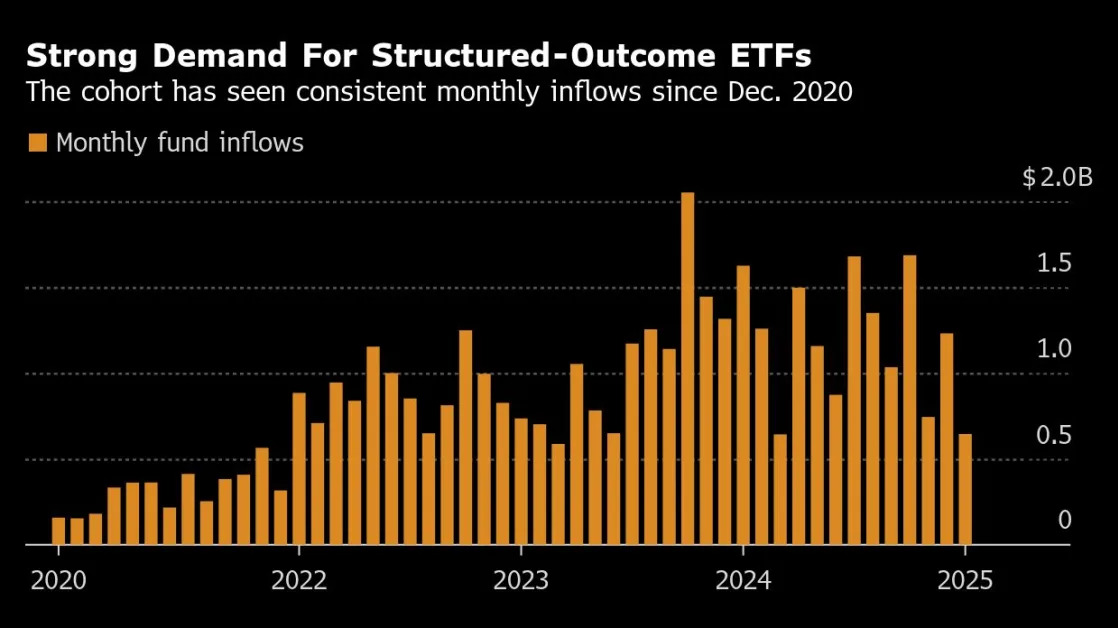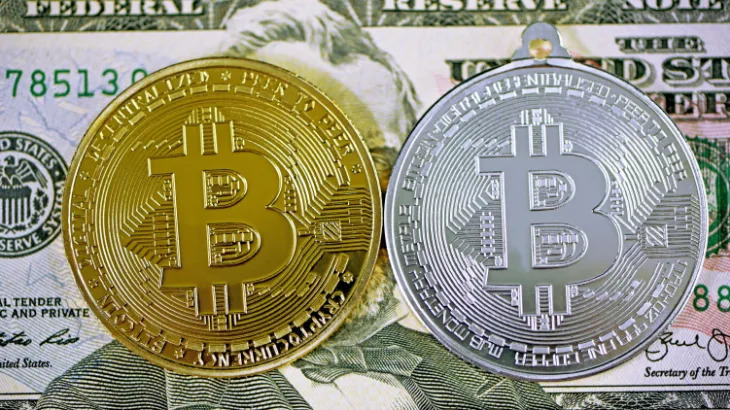(Bloomberg) -- The International Monetary Fund upgraded its global growth forecast for this year, spurred by stronger-than-expected US demand and slowing inflation worldwide that will let central banks continue to cut interest rates.
The IMF raised its projection to 3.3% in an update to its World Economic Outlook on Friday, 0.1 percentage point more than its previous forecast in October. It kept the estimate for 2026 unchanged at 3.3%.
The improved growth outlook is mainly because of the US, which got the biggest upgrade among major economies to its gross domestic product, rising 0.5 percentage point to 2.7%. At a global level, however, that’s largely offset by lower expectations elsewhere.
“The big story is the divergence between the US and the rest of the world,” IMF Chief Economist Pierre-Olivier Gourinchas said in a briefing with reporters. Broadly, the US has recovered to its pre-pandemic growth potential, while the euro area and China have not.
Risks to the global growth outlook are overall still tilted to the downside, with the five-year ahead forecast at about 3%, the fund said.
Trump Uncertainty
The report comes just days before Donald Trump’s inauguration, and doesn’t incorporate his expected economic plans regarding trade, taxes, immigration and regulations.
While the IMF said that most policies could be short-term positive for US and global growth, they carry some medium-term risks.
“Uncertainties are high,” it said in the report.
Extending Trumps’ first-term tax cuts, which expire this year, would bolster output, with even some “positive spillovers” globally. Yet over the longer term that might require larger pullbacks in fiscal policy “that could become disruptive.”
Deregulation could also raise business confidence and encourage investments, juicing the economy. But “excessive rollback” on regulations that limit risk-taking and excessive borrowing could foster a boom-bust dynamic.
Disruptions to the labor force from restricting migration to the US “may permanently reduce potential output” and raise inflation.
As for potential tariffs, which Trump has threatened on several countries and regions, the effect could be more severe than in his first term, with higher inflation expectations globally and many economies “more conducive” to faster inflation now than in 2016.
All of that could mean that the Federal Reserve is unable to lower interest rates as fast as previously anticipated, or might even have to raise them, Gourinchas said. A strengthening of the US dollar could also increase inflation pressures in other parts of the world, particularly emerging markets.
The IMF raised slightly the growth estimate for China to 4.6% for 2025, up 0.1 percentage point from the previous projection, because of fiscal stimulus. It cut the euro area growth forecast to 1%, a 0.2 ppt reduction.
The fund also said it expects inflation globally to slow from 5.7% in last year to 4.2% this year and 3.5% in 2026, allowing for less restrictive monetary policy to support economic expansion.
--With assistance from Zoe Schneeweiss.





